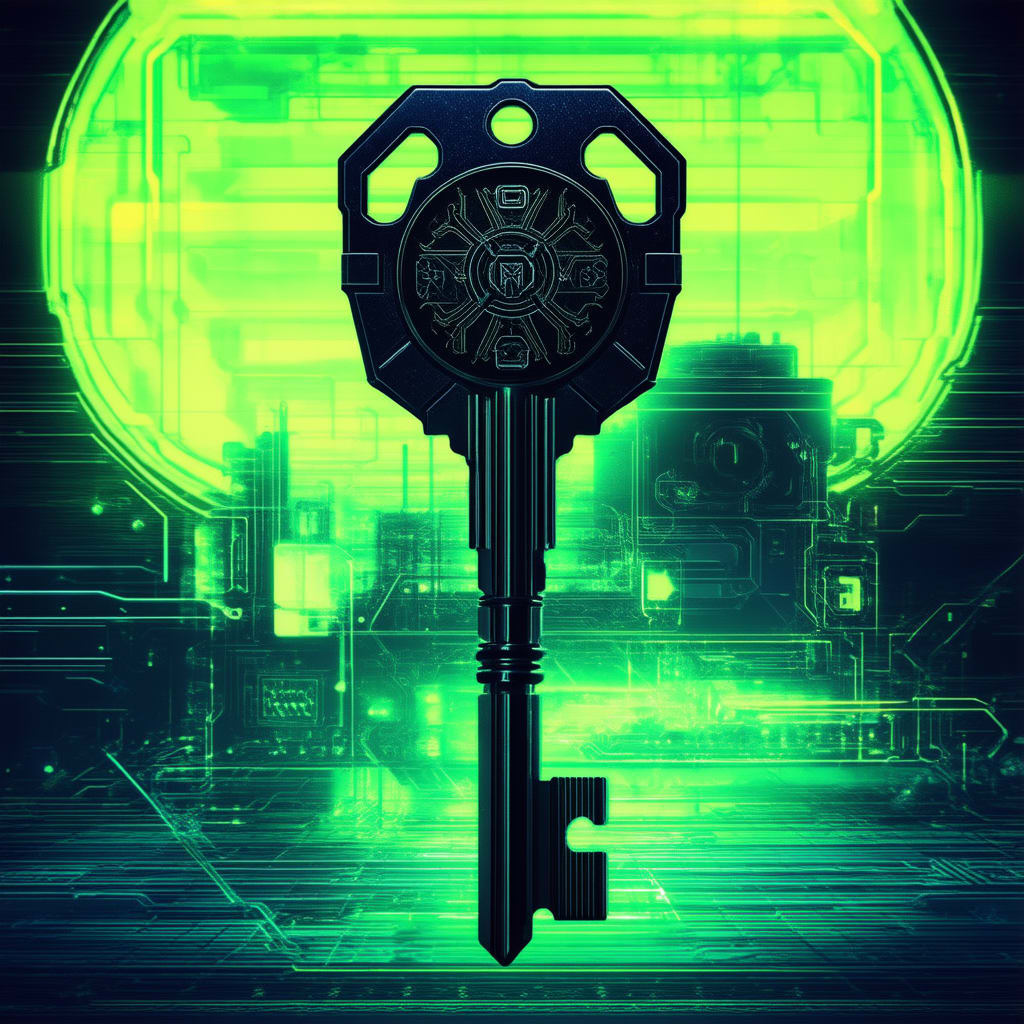Unlocking Secure Remote Access with SSH Key Login
A Comprehensive Guide

In the dynamic realm of the digital age, remote access to servers has become an indispensable part of daily operations. However, this convenience comes with an inherent security risk: traditional password authentication methods. Password-based systems are inherently vulnerable to brute-force attacks, password reuse, and phishing scams, leaving sensitive data and systems exposed to potential breaches. To address these security concerns, SSH (Secure Shell) key login has emerged as a robust and secure alternative. This article delves into the world of SSH key login, providing a comprehensive explanation of its inner workings, highlighting its advantages over traditional passwords, and offering a practical guide for implementation.
Demystifying SSH: A Secure Tunnel for Data Transmission
SSH acts as a secure tunnel, encrypting all data exchanged between your local machine and the remote server. This robust encryption safeguards data confidentiality and integrity, even over unencrypted networks like the internet. SSH's versatility makes it ideal for various tasks:
Remote Login: Securely log in to servers and manage them remotely.
Command Execution: Execute commands on the server as if you were physically present.
File Transfer: Securely transfer files between your machine and the server.
The Achilles' Heel of Passwords: Unveiling Their Vulnerabilities
While password authentication offers convenience, it harbors several shortcomings that pose significant security risks:
Vulnerability to Guessing: Simple passwords can be easily guessed, especially those based on personal information or common words.
Reuse Roulette: People often reuse passwords across multiple accounts. If one service is compromised, all linked accounts become vulnerable.
Phishing Deception: Deceptive emails and websites can trick users into revealing their passwords to attackers.
SSH Key Login: A Multi-Layered Defense
SSH key login addresses these password-related vulnerabilities by employing a cryptographic marvel: public-key cryptography. It utilizes a unique key pair – a private key and a public key – for authentication. Let's break down the process:
1. Generating the Key Pair: Using a tool like ssh-keygen, you create a key pair. The private key is like a master key, kept confidential on your local machine. The public key, on the other hand, can be freely distributed. Imagine it as a digital handshake identifier.
2. Granting Server Access: You copy the public key to the server's authorized_keys file. This file essentially acts as a guest list, allowing only users with authorized public keys to connect.
3. Initiating the Login Dance: When you attempt to connect via SSH, the server challenges you by sending a randomly generated number.
4. The Power of Asymmetry: Here's the magic. You use your private key to decrypt the random number sent by the server. This decryption process is mathematically linked to your private key and cannot be done with the public key.
5. Verification and Access: You send the decrypted number back to the server. If the server can re-encrypt this number using the public key and get back the original random number, it proves you possess the corresponding private key and grants you access.
6. A Secure Connection Established: Once authenticated, an encrypted session is established, ensuring all communication between your machine and the server remains confidential.
Advantages of SSH Key Login: Enhanced Security and Convenience
SSH key login offers a significant leap forward in securing remote access compared to traditional passwords:
Enhanced Security: Public-key cryptography is mathematically much harder to crack than passwords, making brute-force attacks ineffective.
Convenience without Compromise: You no longer need to remember complex passwords. Just keep your private key secure, and you're good to go.
Automation Friendly: SSH key login is perfect for automating tasks with scripts or programs. There's no need to manually enter passwords for each execution.
Getting Started with SSH Key Login: A Practical Guide
Ready to embrace a more secure remote access experience? Here's a quick guide:
1. Generate a Key Pair: Use the `ssh-keygen` command to create your key pair.
2. Secure Your Public Key: Copy the public key and add it to the authorized_keys file on the server you wish to access.
3. Unlock with Your Private Key: Use an SSH client to connect to the server, and it will prompt you for your private key.
Conclusion: Building a Secure Digital Landscape
SSH key login offers a significant leap forward in securing remote access compared to traditional passwords. As cybersecurity awareness increases, organizations and individuals are migrating towards SSH key login to safeguard their critical systems. This article has hopefully equipped you with a deeper understanding of this powerful security tool. Let's work together to build a more secure digital landscape by adopting SSH key login in our daily practices.
About the Creator
novita.ai
Access 100+ APIs, including AI Image Generation & Editing with 10,000+ models , and Training APIs for custom models. Enjoy the cheapest Pay-As-You-Go pricing, freeing you from GPU maintenance hassles while building your own products.
Enjoyed the story? Support the Creator.
Subscribe for free to receive all their stories in your feed. You could also pledge your support or give them a one-off tip, letting them know you appreciate their work.






Comments
There are no comments for this story
Be the first to respond and start the conversation.